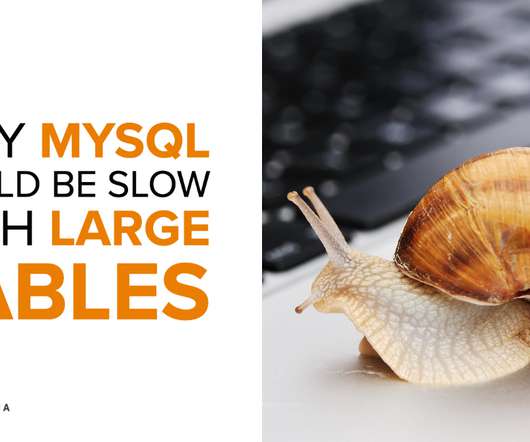10 tips for migrating from monolith to microservices
Dynatrace
OCTOBER 2, 2023
Transforming an application from monolith to microservices-based architecture can be daunting, and knowing where to start can be difficult. Unsurprisingly, organizations are breaking away from monolithic architectures and moving toward event-driven microservices. Migration is time-consuming and involved. create a microservice; 2.


















Let's personalize your content